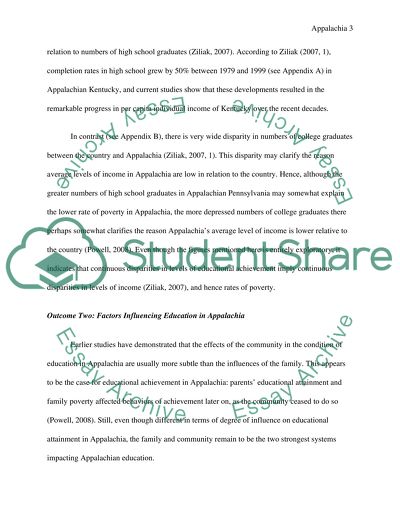Cite this document
(“Education in appalachia Research Paper Example | Topics and Well Written Essays - 1250 words”, n.d.)
Retrieved from https://studentshare.org/nursing/1428537-education-in-appalachia
Retrieved from https://studentshare.org/nursing/1428537-education-in-appalachia
(Education in Appalachia Research Paper Example | Topics and Well Written Essays - 1250 Words)
https://studentshare.org/nursing/1428537-education-in-appalachia.
https://studentshare.org/nursing/1428537-education-in-appalachia.
“Education in Appalachia Research Paper Example | Topics and Well Written Essays - 1250 Words”, n.d. https://studentshare.org/nursing/1428537-education-in-appalachia.


